Notes & Extra Activities
On the day of departure, the ‘local agents’ host obligation shall be limited to providing breakfast only and any extra requirements shall be payable on a usage basis.
Our entire Bhutan 4 days tour package are private journeys and tailor made programs suited for any independent travelers according to their chosen traveling dates. Should you wish, the tour can be easily customized as per your interest and activities you wish to get involve in or spend more time in your places of interest. Contact us to customize this tour as per your requirements. This tour can be undertaken round the year.
Following are extra activities in Bhutan that you can do if you want:
1. Gross National Happiness talk by Philosopher: USD 200 in a group for 1 hour in a temple (Thimphu)
All over the world economists have argued that happiness is obtaining material developments. Bhutan however considers different beliefs and advocates that the accumulation of material wealth does not necessarily lead to happiness. Bhutan measures progress not by the popular idea of Gross Domestic Product but through Gross National Happiness.
Gross National Happiness is based on the ground that human society truly develops when material and spiritual development occurs side by side to complement and reinforce each other. the 4th King of Bhutan, King JigmeSingyeWangchuck, in 1972, first coined the phrase ‘gross national happiness’. He declared, “Gross National Happiness is more important than Gross Domestic Product.” The idea of gross national happiness has captured the imagination not only of the people of Bhutan but far beyond it’s borders. Gross National Happiness talk by Philosopher in Thimphu is all about it explaining more about the topic.
2. Buddhism Talk by a recognized monk: USD 200 in a group for 1 hour in a temple (Thimphu)
The primary and state religion of Bhutan is Buddhism. In fact, Bhutan is the only Buddhist Kingdom in the entire world. Bhutan practices Vajrayana Buddhism where 75% of the population is Buddhist. Hindus are at 23%. The Buddhism practiced in Bhutan is actually originated from Tibetan Buddhism. But it significantly differ in its rituals, liturgy, and monastic organization. The state religion has been financially supported by the government that goes to monasteries, shrines, monks and nuns. Buddhism was founded by Siddhartha Gautama (the “Buddha”) in the late 6th century B.C.E. Though Buddhism has assumed different forms in each case, there has been an attempt to draw from the life experiences of the Buddha, his teachings, and the “spirit” or “essence” of his teachings (called dhamma or dharma) as models for the religious life. Buddha was born in a place called Lumbini in Nepal (ca. 563 B.C.E.) The most important doctrines Buddha taught included the Four Noble Truths and the Eight-Fold Path. Buddhism talk by a recognized monk talks and describes Buddhism and it’s practices, and beliefs.
3. Flora and Fauna talk by a forest Ranger: USD 150 in a group for 1 hour in hotel (Thimphu)
Bhutan has rich and diverse flora and fauna with over 70% of it’s land covered by forest and with different altitudes and climates. Bhutan can be divided into three zones – the southern foothills with tropical and sub-tropical vegetation (150m to 2000m), the temperate zone with conifers and broadleaf forests which covers the most of Bhutan (2000m to 4000m) and the alpine zone with no forests at the northern Himalayan region (4000m & above). Forest types in Bhutan are diverse. There are 46 species of rhododendron flower and over 300 medicinal plants found in Bhutan. The blue poppy is a common sight and is the national flower of Bhutan. Bhutan has wide variety of wildlife. At it’s high altitude ranging from 3000m to 4000m lives snow leopards, Bengal tigers. red panda, gorals, langur, Himalayan black bear and sambars, wild pigs and barking deer, blue sheep and musk deer. In southern Bhutan at it’s tropical forests live clouded leopards, one horned rhinoceros, elephants, golden langur, water buffaloes and swamp deer. Bhutan also has a great variety of bird species which is over 670 and chances are that this number can still go higher. Flora and Fauna talk by a forest Ranger gives you full information and details about animals, plants, and vegetation.
4. Helicopter Services: Charges differ from destination to destination
Helicopter ride in Bhutan becomes possible after the establishment of the Royal Bhutan Helicopter Services on November 11, 2015. Since it’s establishment, it has flown over 1500 hours and transported more than 1000 travelers. The helicopter company is based in Paro and is involved in emergency evacuations and helicopter tours in Bhutan. These tours are around 30 minutes and 60 minutes chartered flights for up to five passengers. The helicopter flight will take you around the Taktsang Monastery. 70 & 130 minutes flight will take you to the holy Jomolhari peak flying along with the Tiger’s Nest Monastery and enjoy the panoramas of many snowy peaks, including the birds eye views of the beautiful valleys and hills of Bhutan.
5. Bhutanese Cousin Cooking class; USD 20 per person which will held in Farm house (Paro)
Bhutan has unique flavours of food and cuisines. Bhutanese Cousin Cooking class is all about learning how to make different Bhutanese cuisines. To join the class you will be taken to a local family in a farmhouse to learn more about how to make Bhutanese traditional meals. During the class learn the art of Bhutanese cooking and discover new techniques while making some Bhutanese delicacies. Bhutan cooking class may not be everyone’s choice but undeniably it’s one of the easiest foods to cook and it’s simplicity is what makes it delicious. This is also the best opportunity to learn more about local culture and learn to cook like Bhutanese. The Hallmark of Bhutanese food is the use of cheese and chilies. The basic staple meal includes red rice and curries, of which the most popular is Emma Datsi – then the national dish of Bhutan. Emma Datsi is a spicy mix of chilies and delicious local cheese.
6. Rafting: USD 120 per boat for 1 hour which has 6 person occupancy. (Punakha)
Bhutan has a great opportunity for river rafting with a number of rugged and untamed rivers. Punakha is the place where Po-chhu ‘male river’ and Mo-chhu ‘female river’ meet. Rafting in Po-chhu in Punakha Valley is adventurous due to it’s rapids. The views encountered are spectacular and you pass along the longest suspension bridge during the course. The rafting grade is Class II-III+. Rafting the Mo-chhu in Punakha Valley is about 10 km taking around an hour and a half to complete. During the course, you can observe the migratory birds, and the royal palace and float along the lowest part of the valley with gentle rapids. Children can also do rafting in this area. The rafting grade is Class I-II.
7. Bhutanese Cultural show: USD 120 in a group for 45 minutes (Paro)
Cultural shows are held in Bhutan during festivals, special occasions and events. Bhutan cultural shows for guests are performed in three parts by a group of experienced singers and dancers. The show lasts for about 45 minutes to an hour.
-Folk Dances & Singing.
This is performed in full colourful traditional Bhutanese costumes. The act includes a welcome dance, concluding dance and other folk dances. If you want then you can also be involved with them at the end of the program.
-Religious Chams
It is performed in traditional costumes with religious chams and masks, It is the same as the mask dances performed during the festivals. Here you get to click the dancers more closely.
– Nomadic Performance.
The nomadic tribe from different parts of Bhutan has special costumes, traditions and sports. The cultural group performs a nomadic dance to promote their culture and traditions as well. It includes JoenpaLegso (welcome dance), Shazam Cham (dance of deers)m Flute dance (Instrumental dance) etc.
8. Bhutanese National Game Archery: USD 10 per person for 30 mins (Paro)
Archery is the national sport of Bhutan and is the favorite pastime here. No festivals or events are completed with an archery competition. Bhutan is home to rugged mountains, lush valleys, big pasture lands so a nomadic life is an integral part of Bhutanese lifestyles. Therefore archery plays an important role for Bhutanese for a very long time. From its legendary past, bows and arrows have been the main weapon to fight against it’s enemies. So, archery is a national pride for Bhutanese. Witnessing people play or cheer during archery competitions or trying your hands to try out the traditional bamboo bows and arrows is certainly a different experience.
9. To wear Bhutanese dress for 1 day: USD 10 per person
Bhutan stands out from the developing countries is it’s dress code behavior. The traditional attire for men is Gho and for women is Kera which was introduced in the 17th century by the unifier of Bhutan as a nation-state, ‘NgawangNamgyal’ to display their unique identity. Bhutanese citizens are made it mandatory to wear traditional outfits so as to preserve Bhutanese culture and traditions. The DriglamNamzha is the official dress code behavior of Bhutan. But tourists, men or women, can also try out these traditional dresses for a photographic opportunity and a great experience.
10. Farm House visit: USD 10 per person (Paro)
The beautiful Paro Valley is the place where time stands still. Besides the thriving commercial farming industry, there also exists subsistence farming using time-honored methods. The valley of Paro is known as the rice bowl of Bhutan with Paro growing a large amount of red rice farmed in it’s fertile fields and terraces. There are many commercial enterprises as well as a family-owned farm that produces ample amounts of millet, wheat, apples, potatoes, as well as a range of seasonal vegetables native to the area. Farm house visit is to visit these farmers, join their daily rituals, work alongside them in the fields then end a fruitful day sharing the authentic Bhutanese dinner with the farmers and their families washing it down with local rice wine.

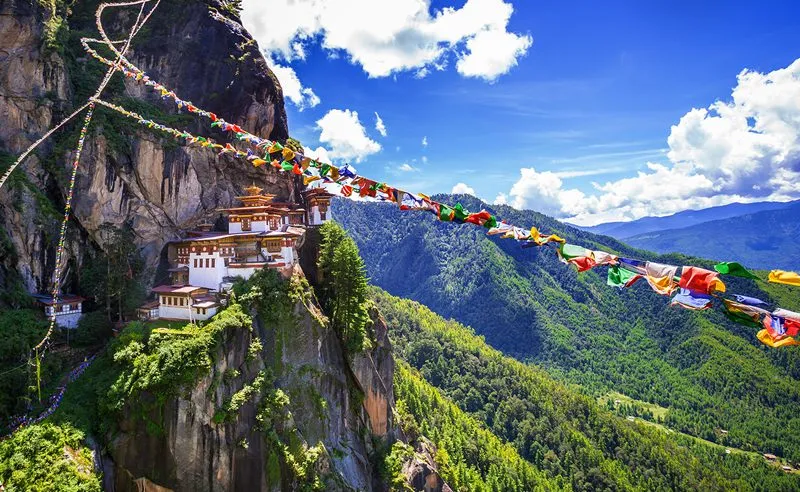
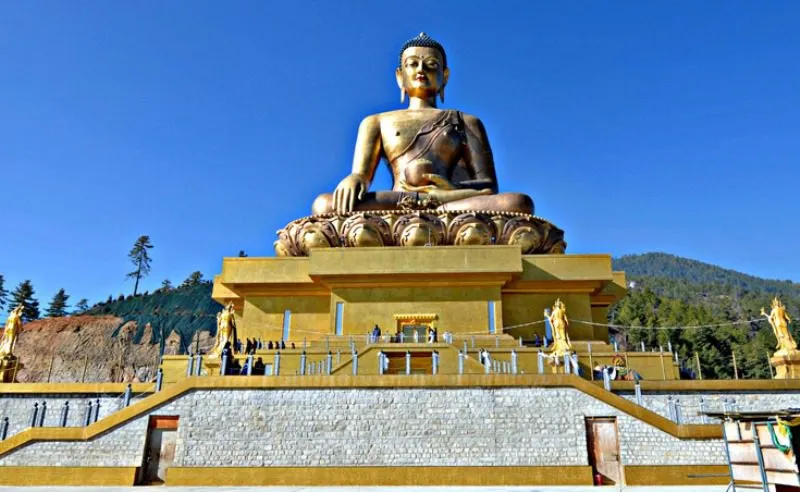
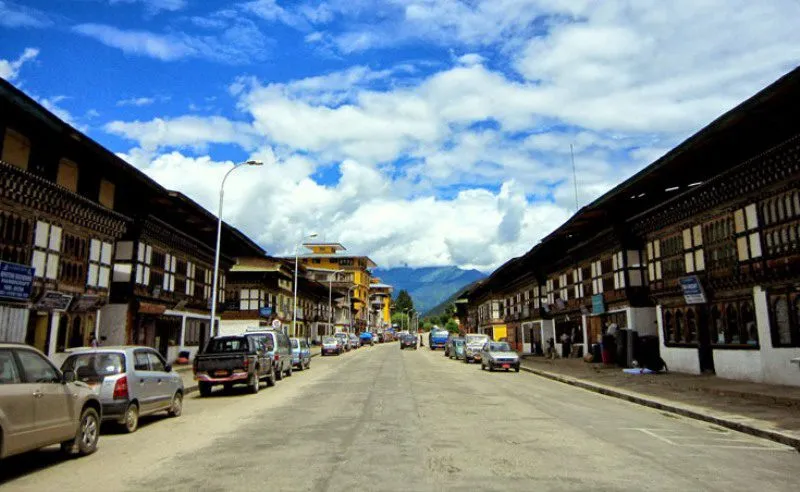
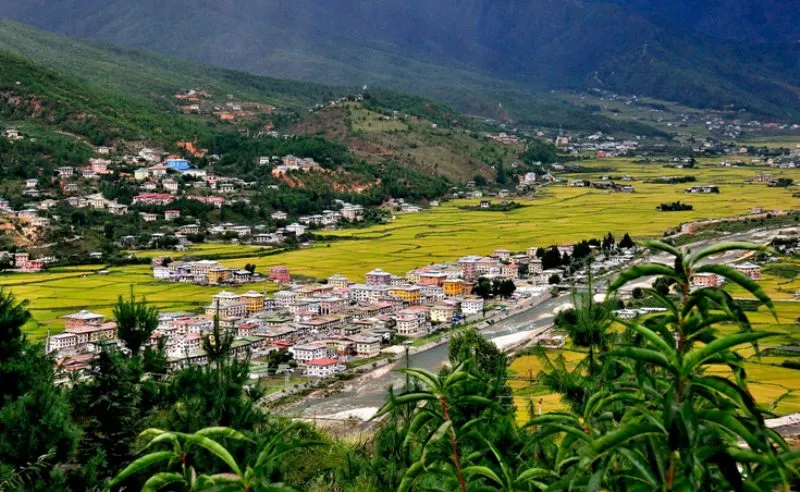
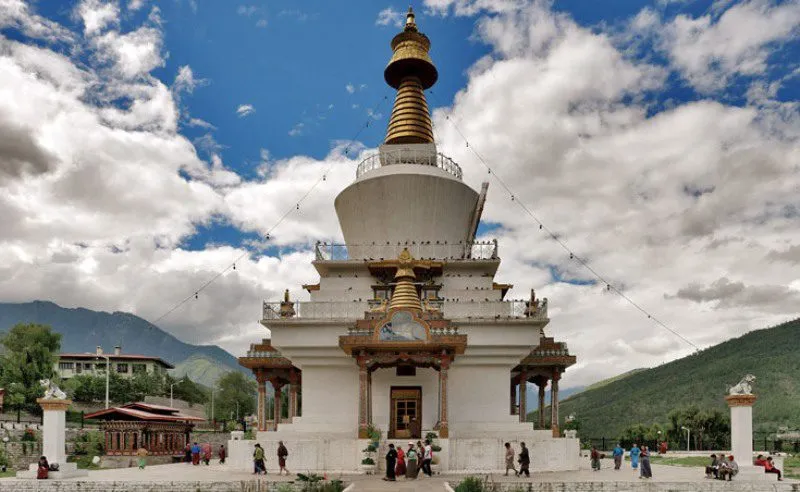
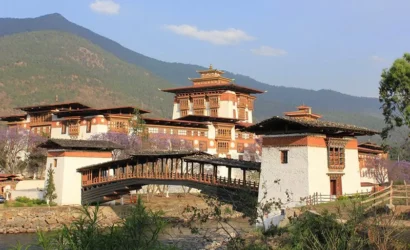
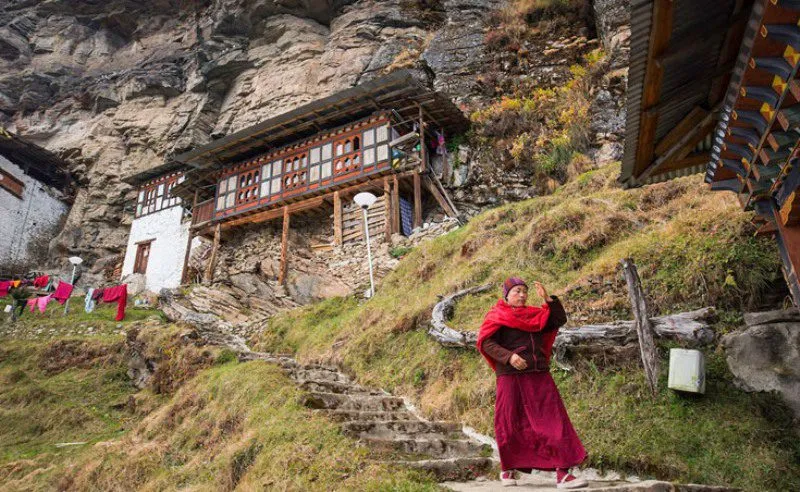
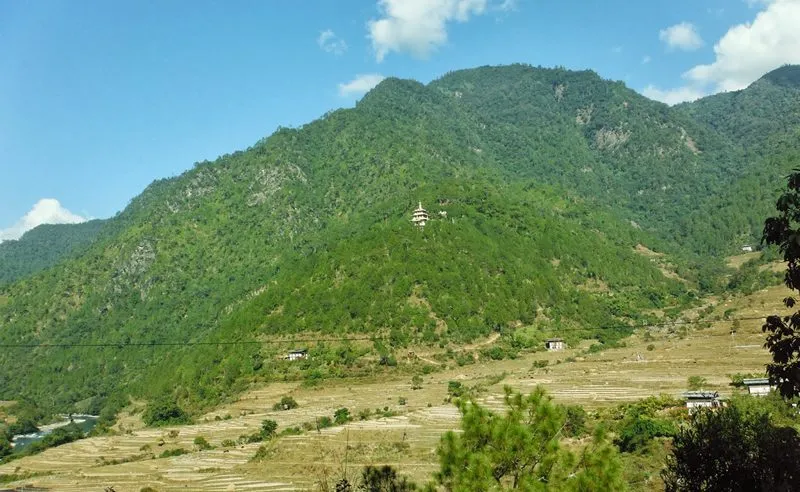
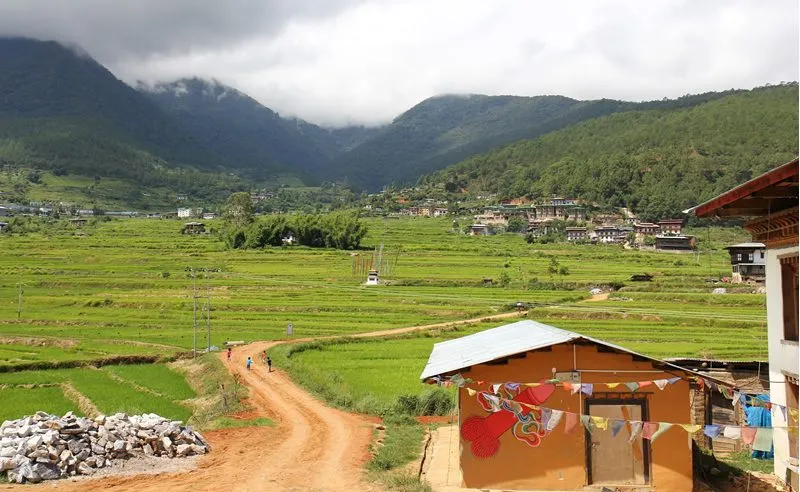
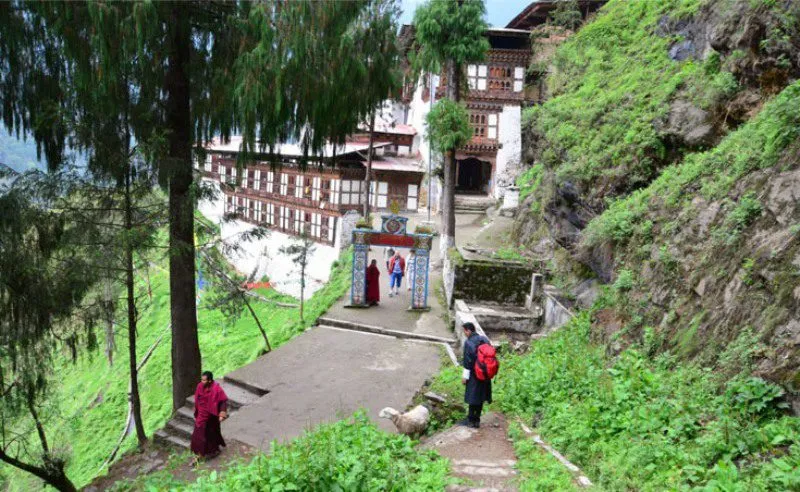
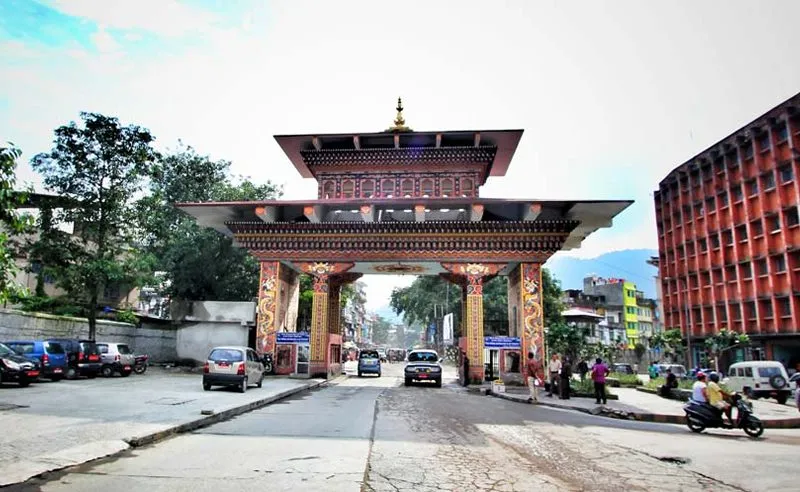
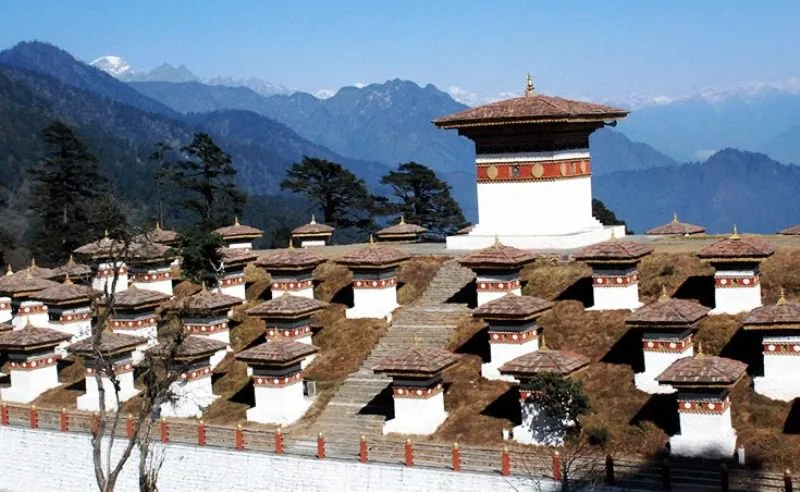
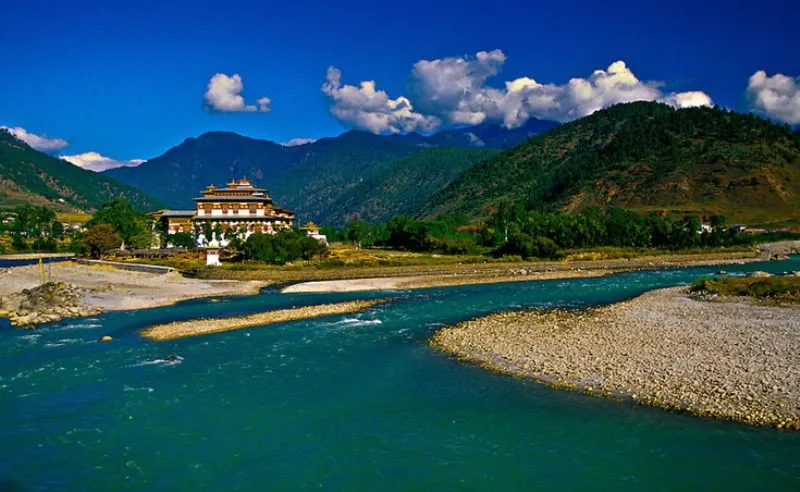
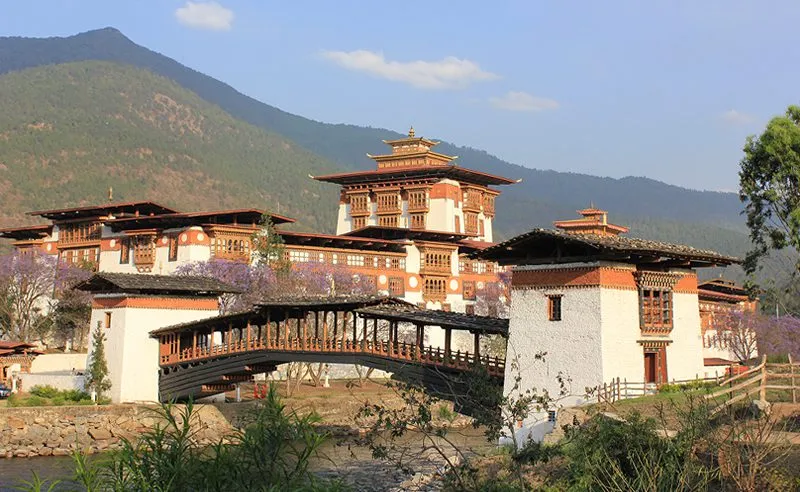
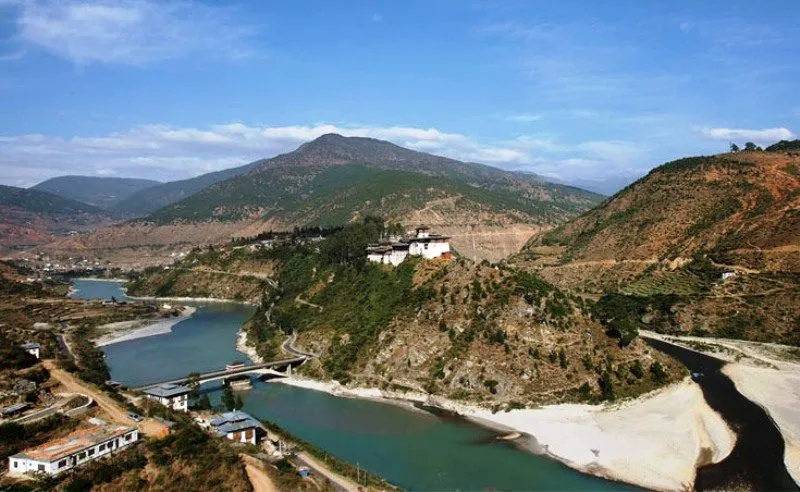
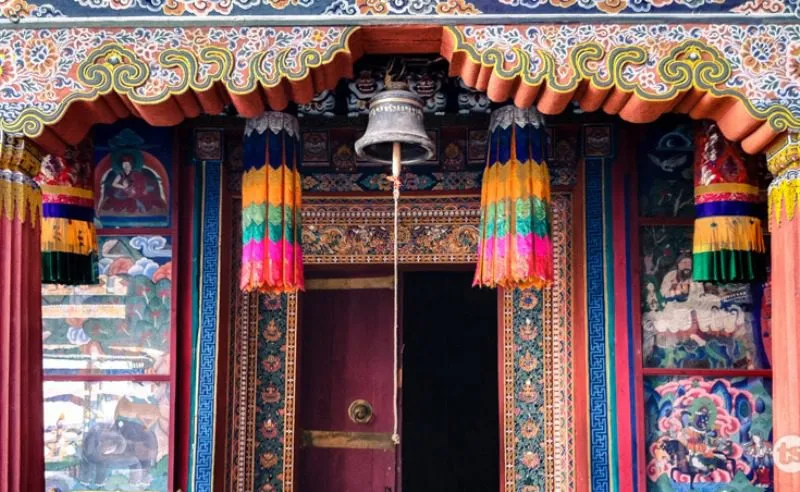
Write a Review